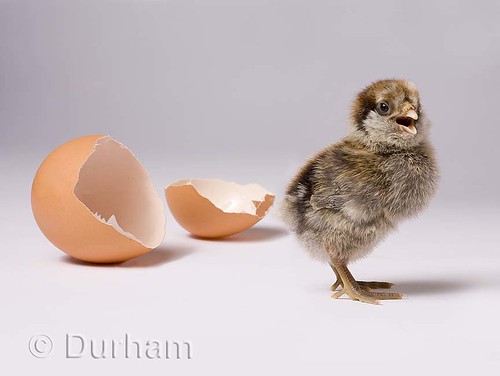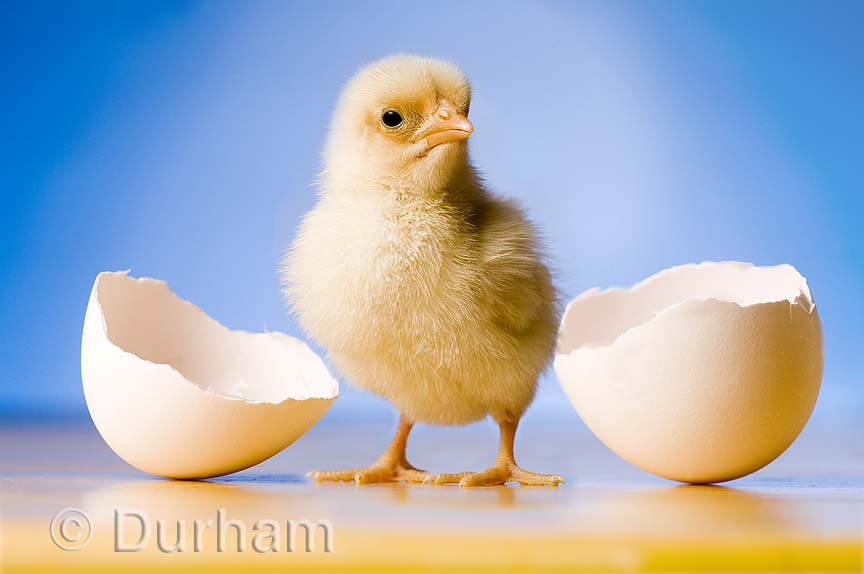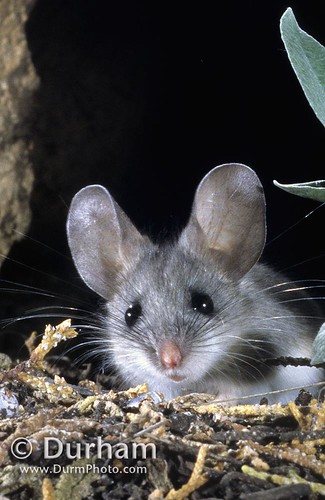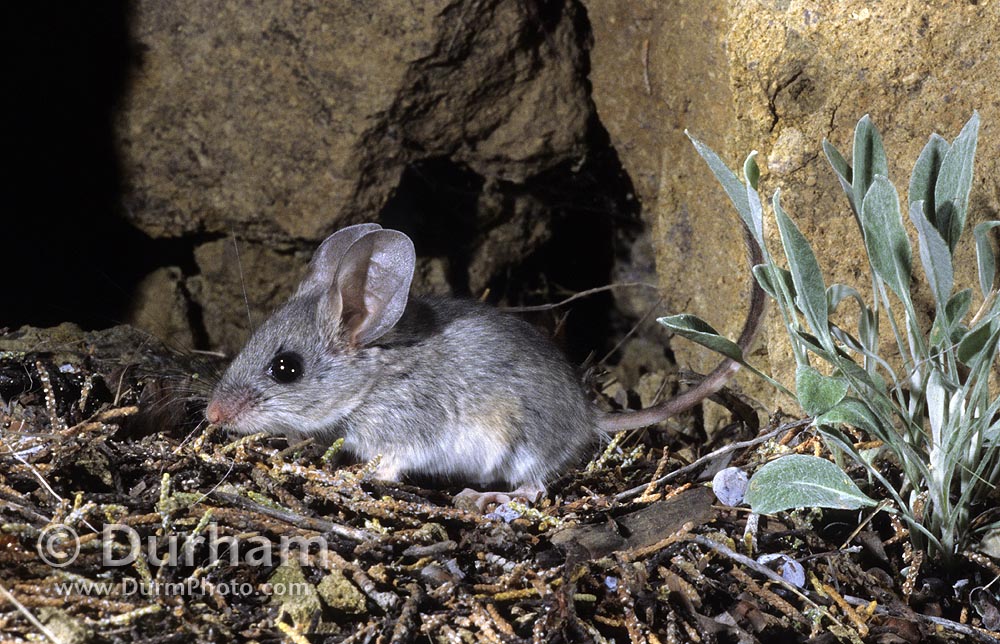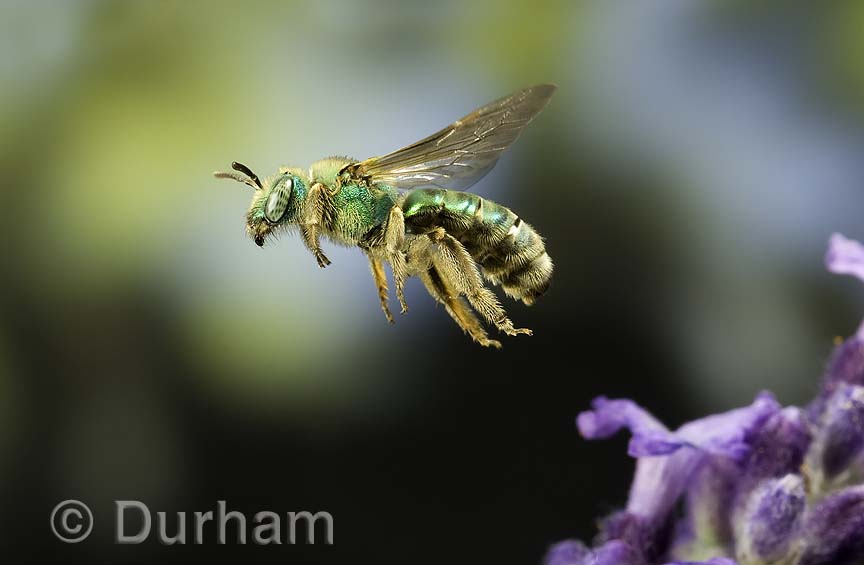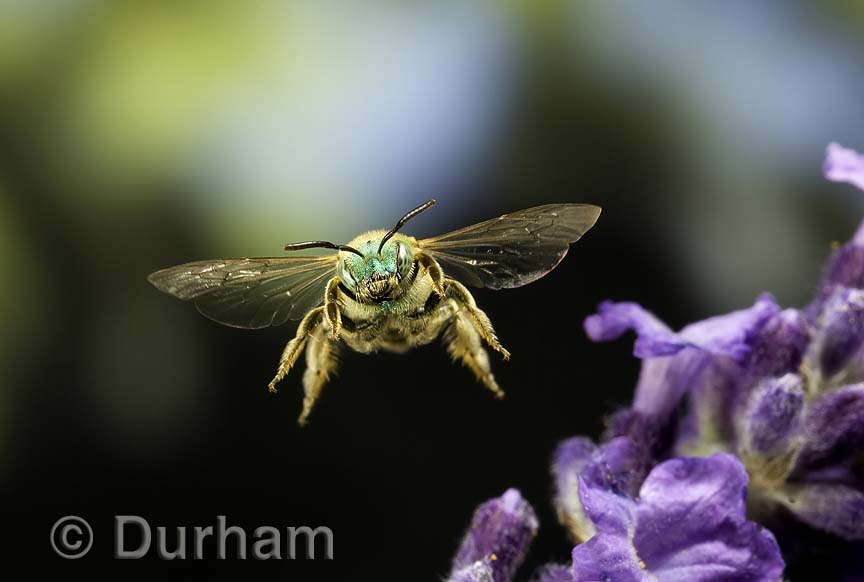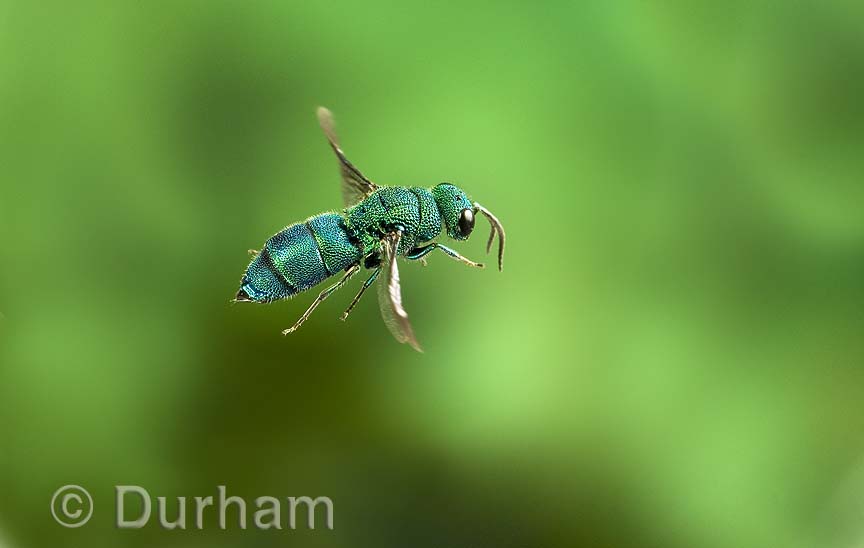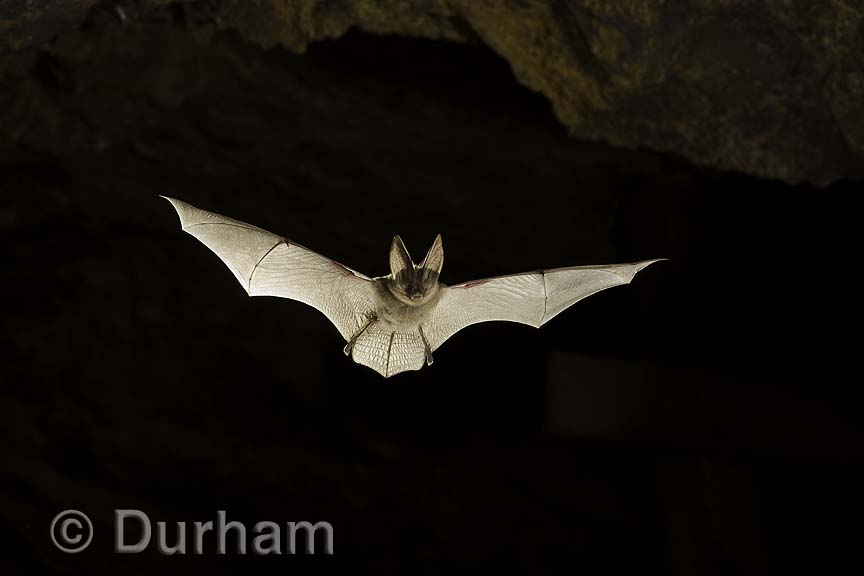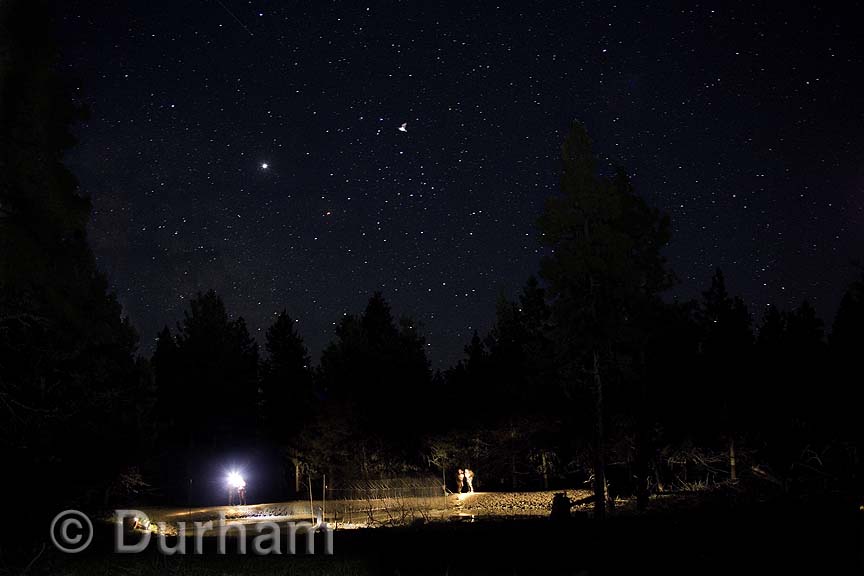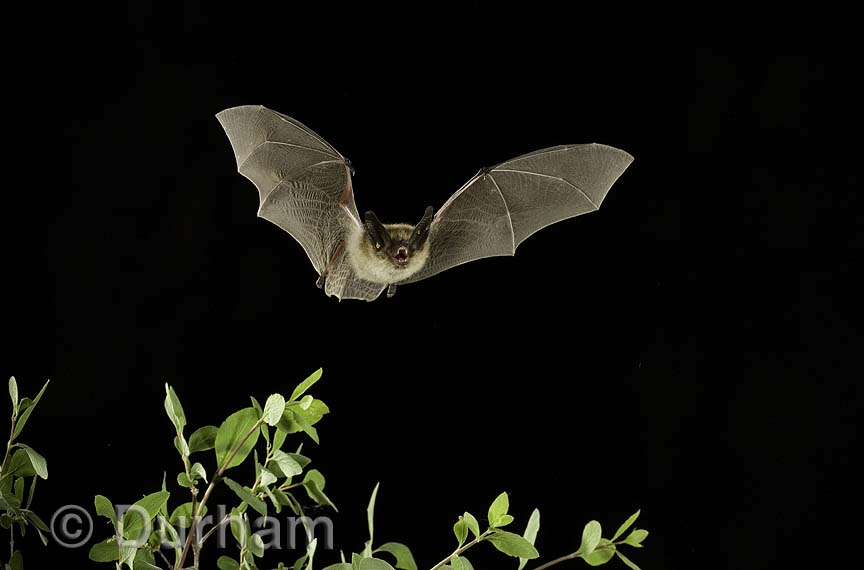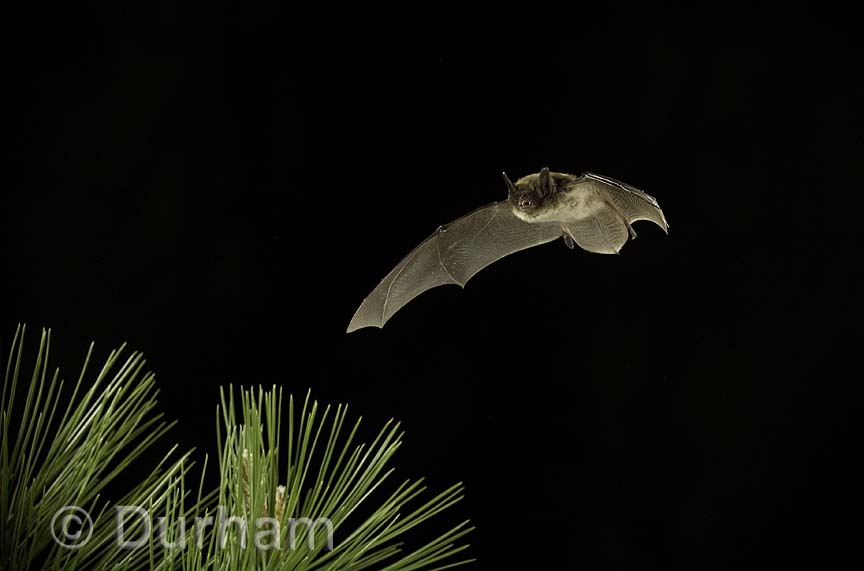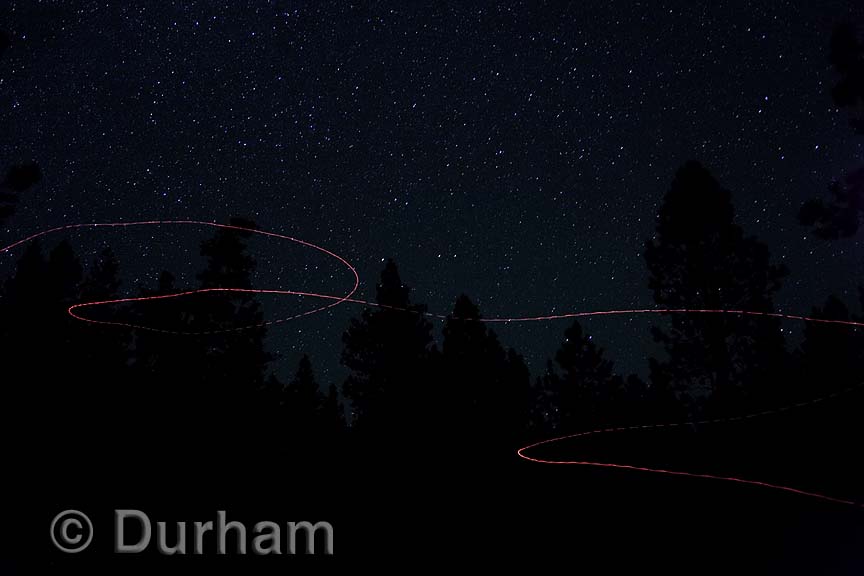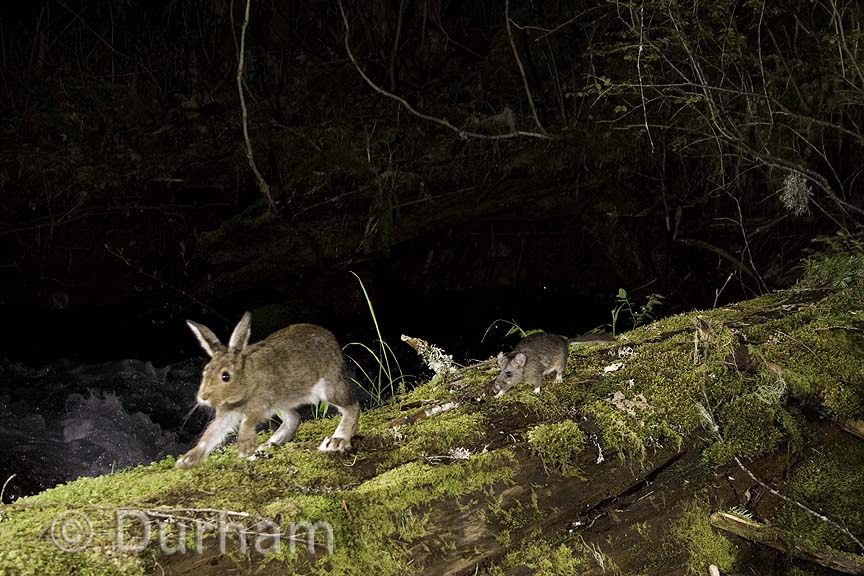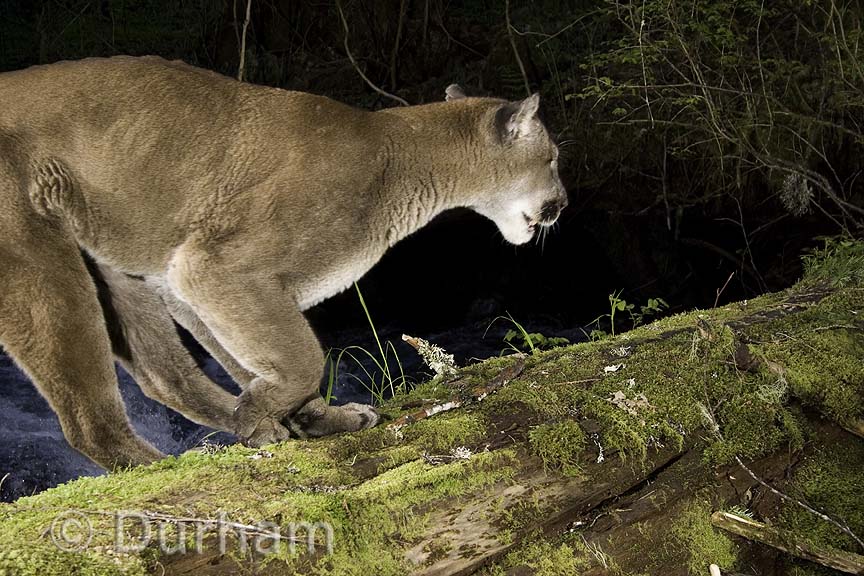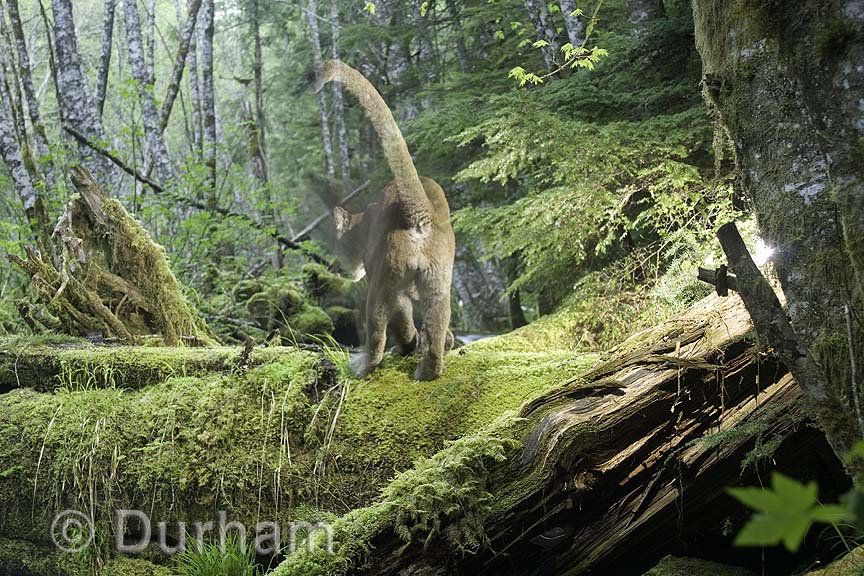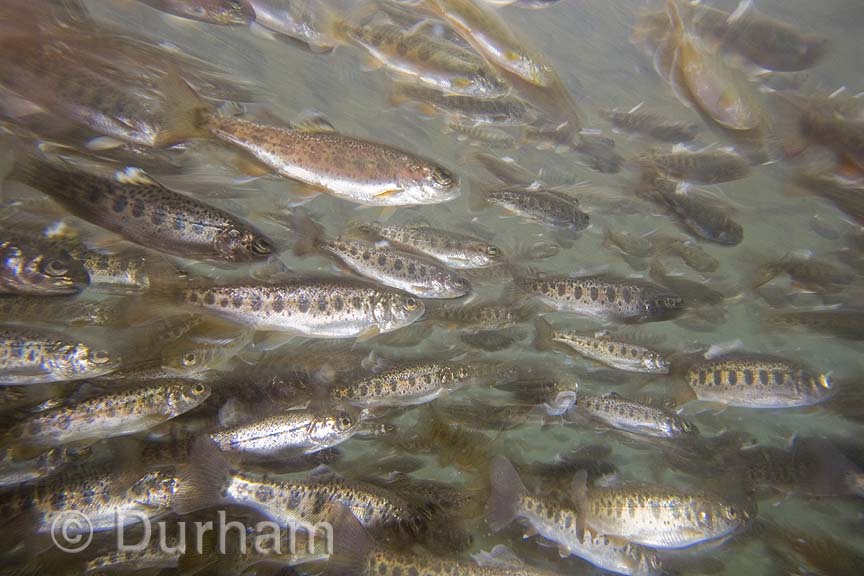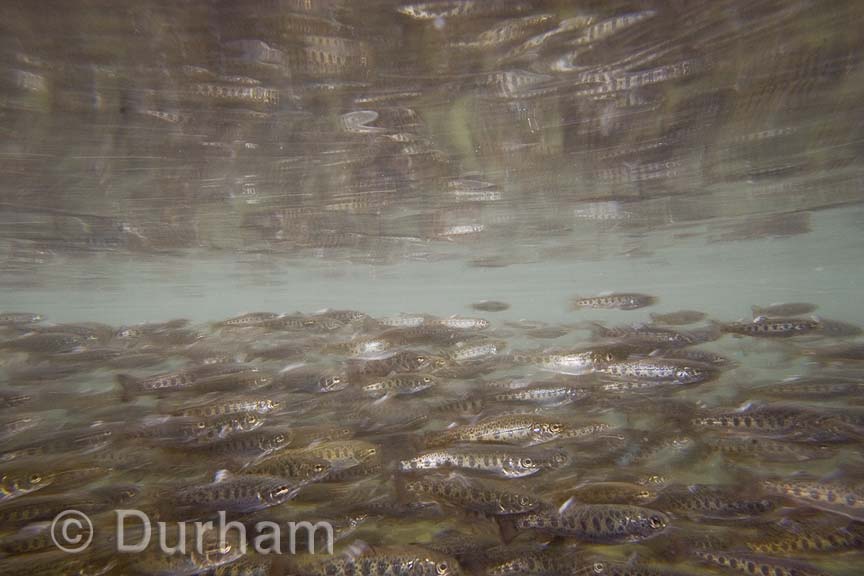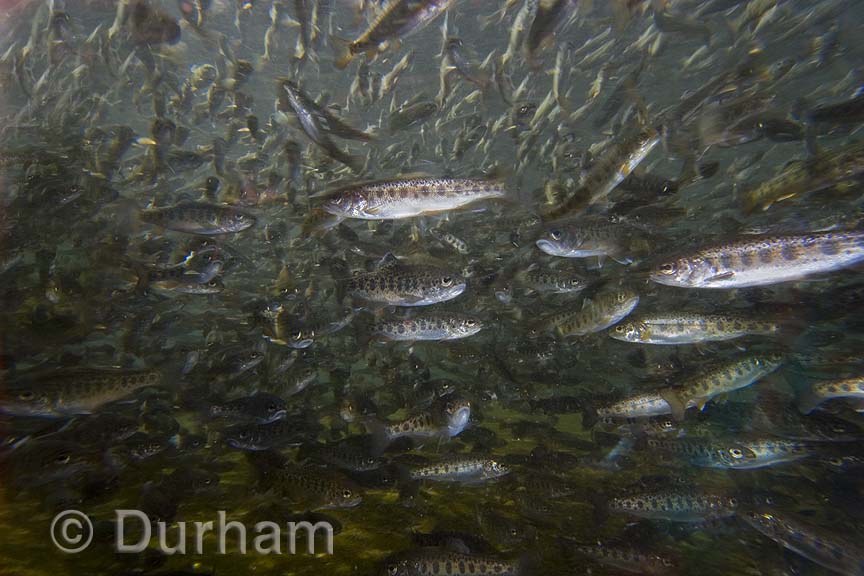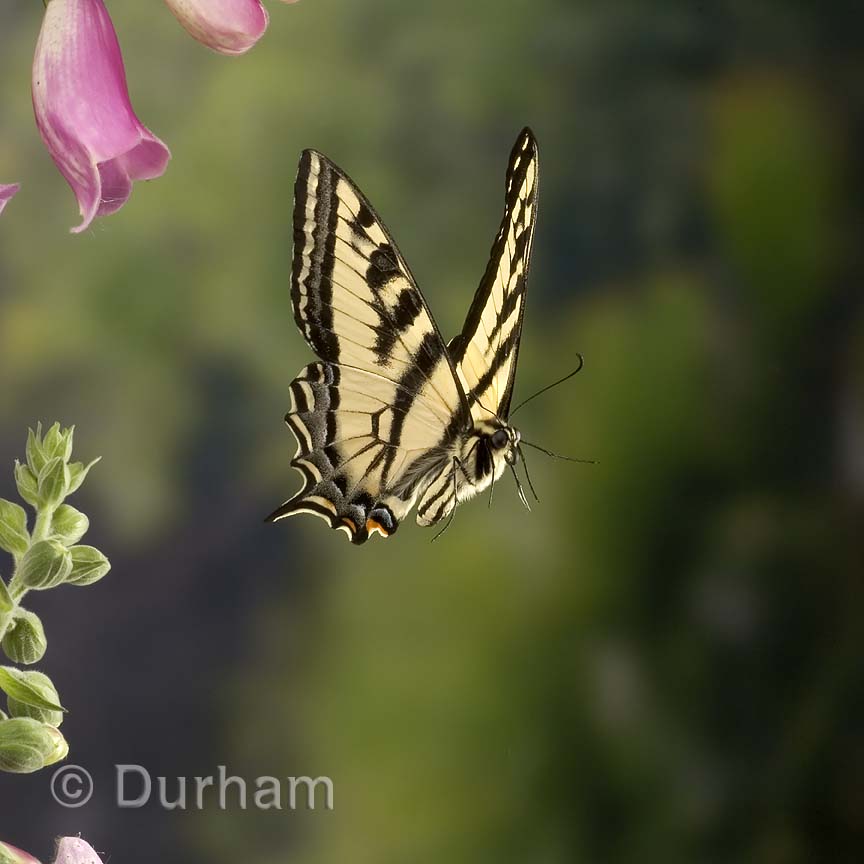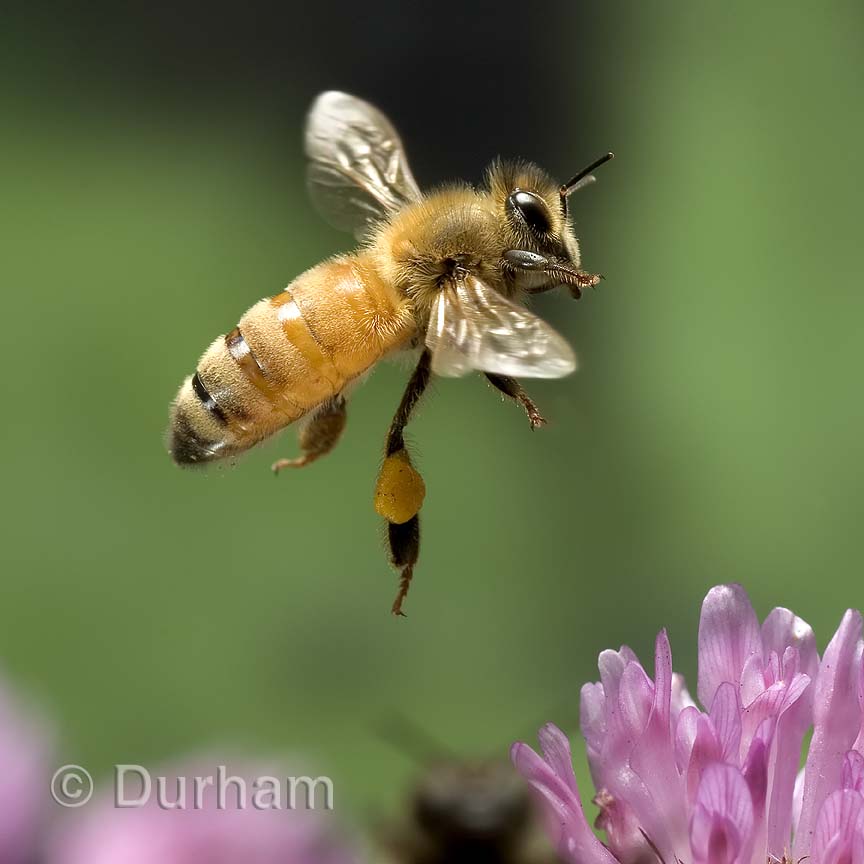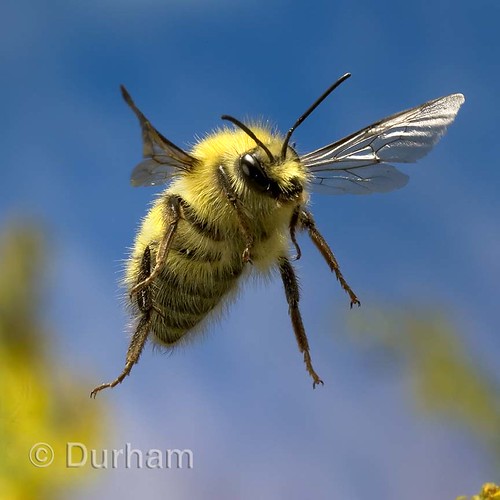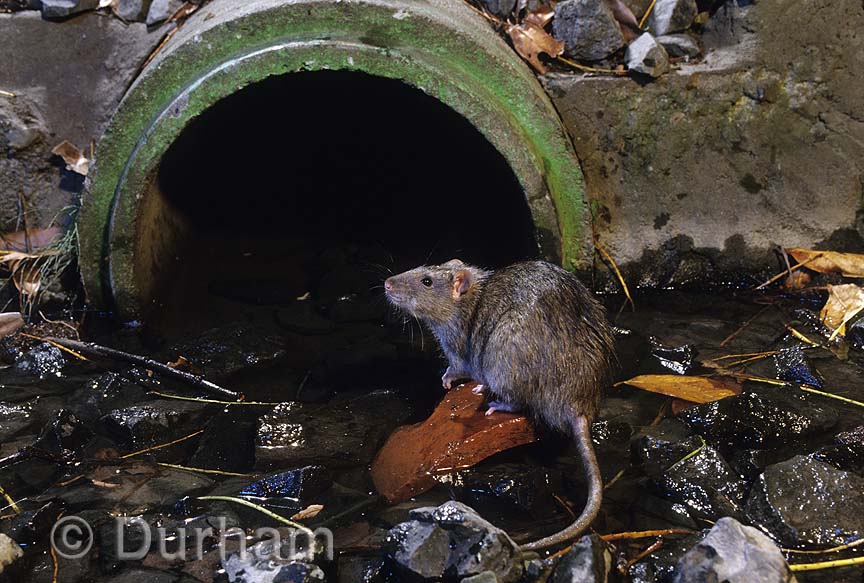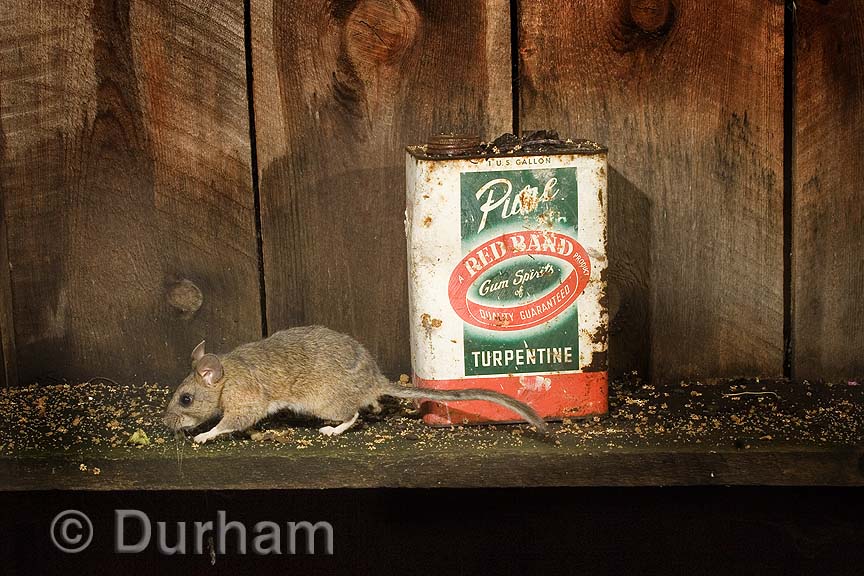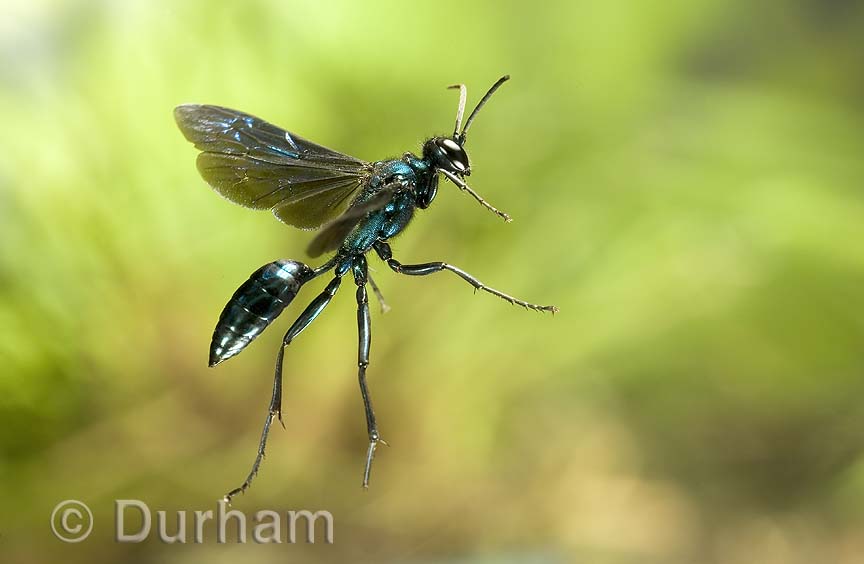The freshly hatched chicks arrived home with my wife and daughter on Thursday. We had been toying with the idea of having urban chickens for some time, and this last weekend we got the chicken coop and chicken yard built, and set up a brooder in the lower bathroom. My daughter loves them, and spends a fair bit of the day hovering over the brooder or holding them. Each has been given a name - mumble, gidget and sylvia.
I could not pass on the opportunity to have a bit of photo fun with the little darlings, and set about creating a few images that would be fun and
marketable.
Not many people would guess that as a photographer doing work in the field of natural history, that I would necessarily possess the skills of a studio photographer. The truth is, however, that I made my living in commercial photography for many years, and the techniques I learned in studio photography have served me well, very well, in the transition to nature photography.
My goal was to do something that my daughter would enjoy doing with me, and create images that would communicate a simple idea in a fun way.
For each of the images below, I actually photographed the chicks first and then separately photographed the egg shells arranged just the way I wanted. The elements were combined digitally for the final composition. The overlap of wispy feathers into the eggshell in the photo with the blue background was especially challenging to get right.
I have about fifty other ideas to try, but I will never get to all of them before the chicks are grown!
